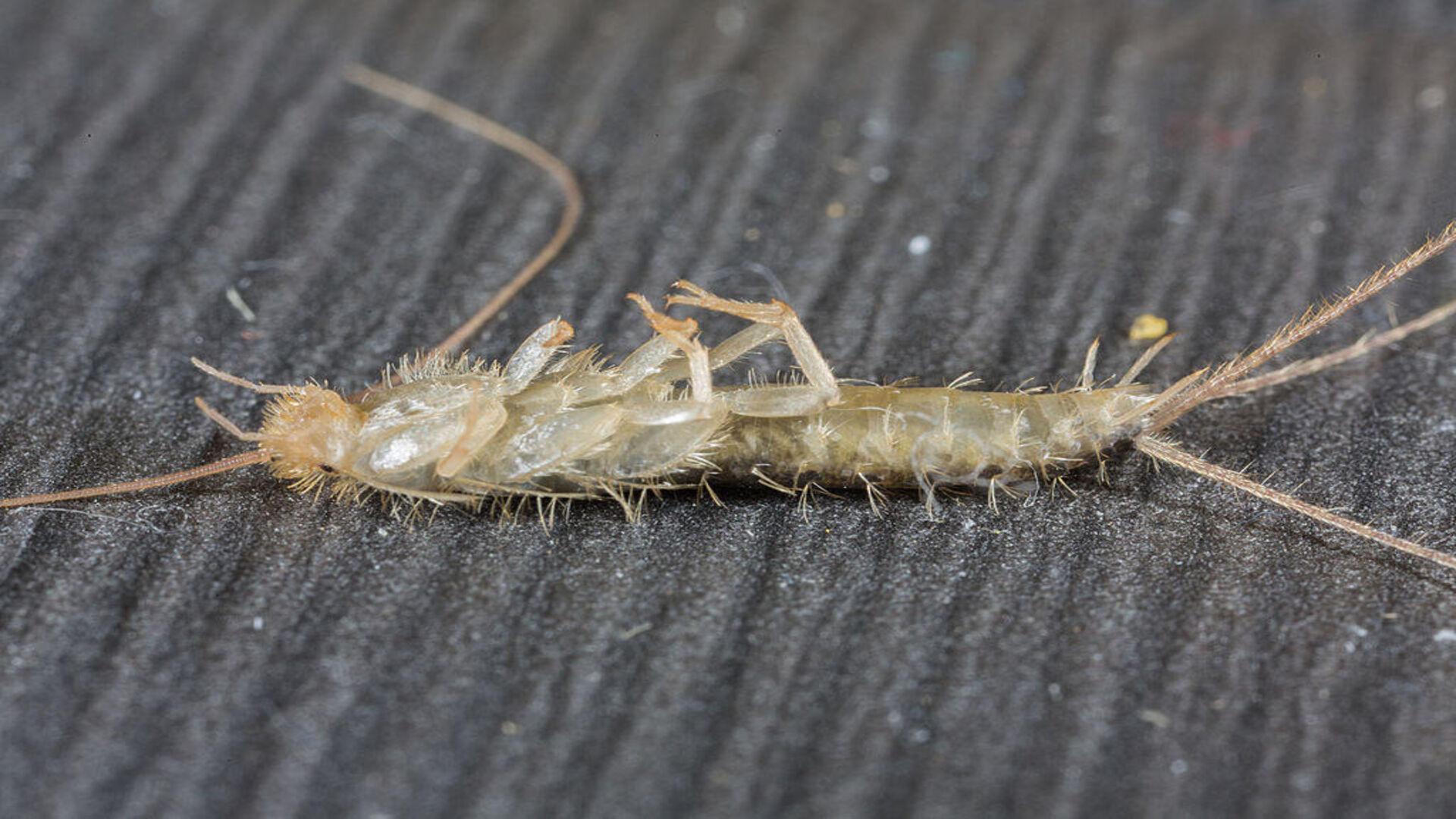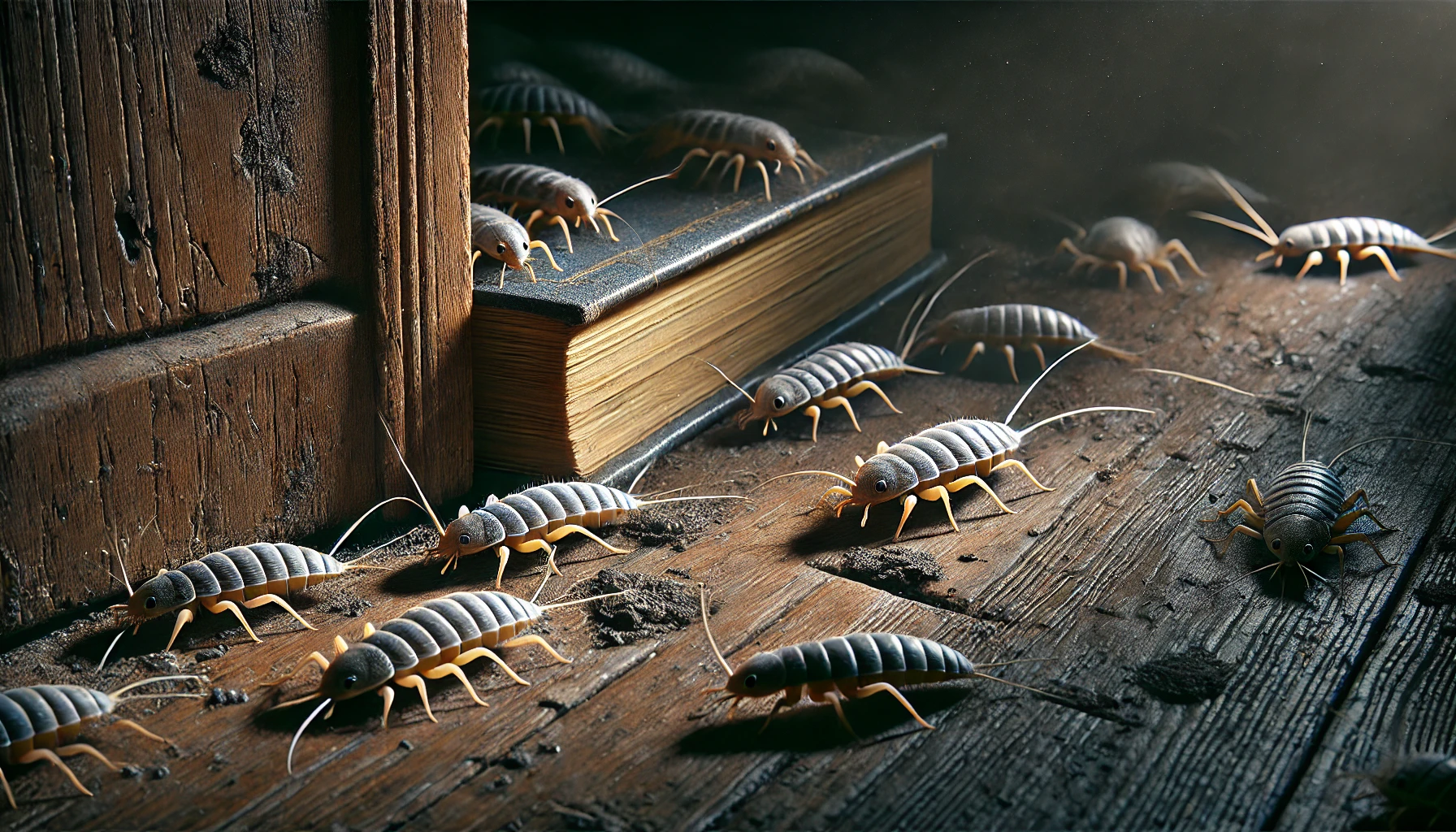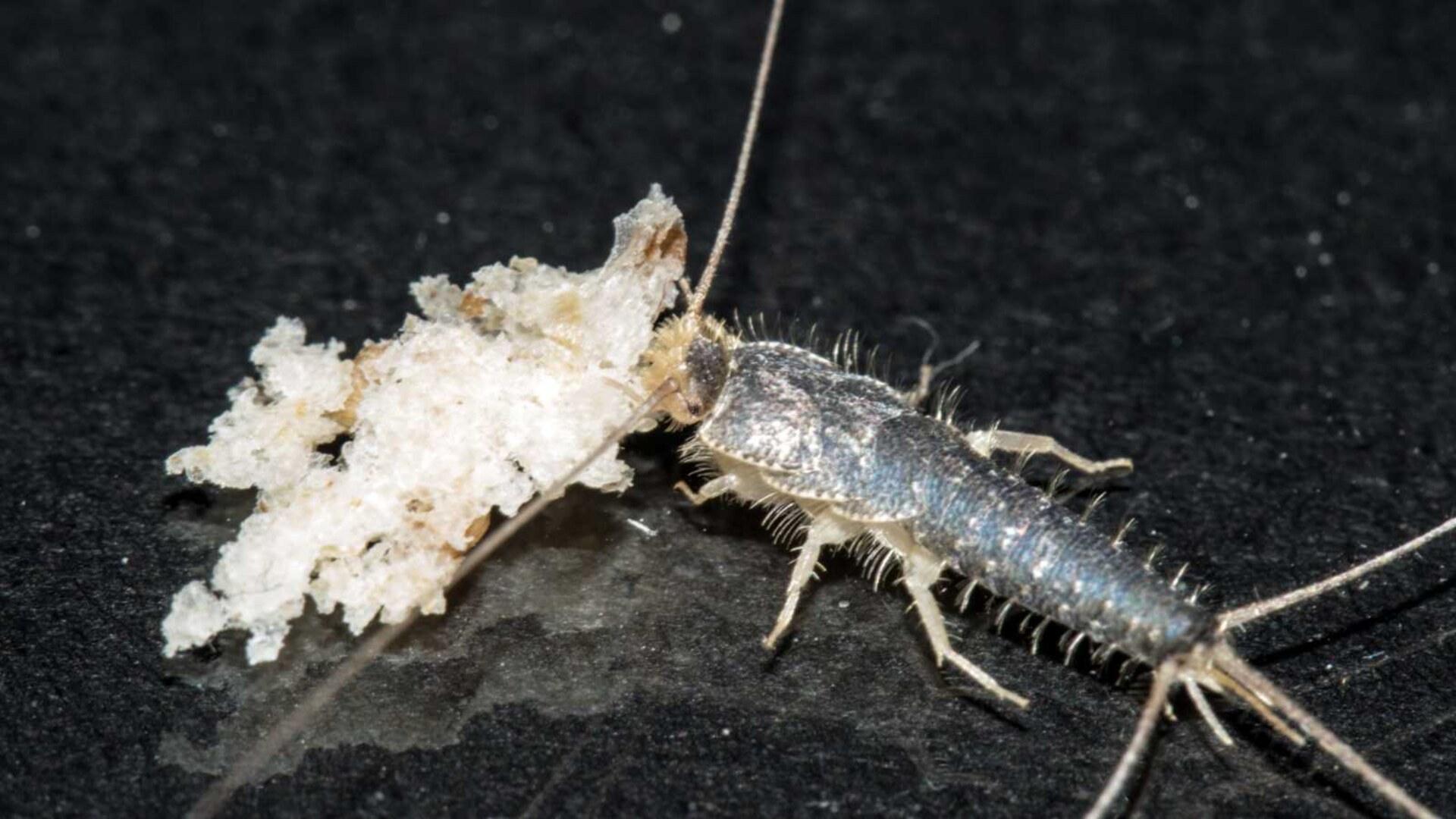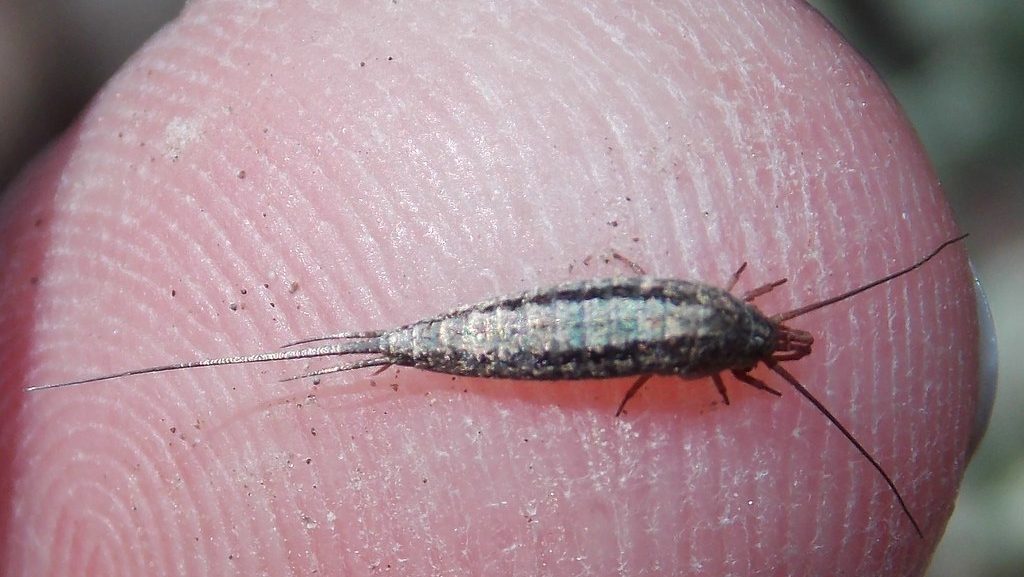Key Takeaways
- Silverfish thrive in humid, dark spaces with starchy materials.
- They are most common in the Southeast, Northeast, and Pacific Northwest.
- Older homes with poor ventilation attract silverfish infestations.
- Bathrooms, basements, attics, and kitchens are prime silverfish habitats.
- Reducing humidity and proper storage help prevent infestations.
 Silverfish are among the most persistent household pests in the United States. These small, silver-coloured insects are notorious for their ability to hide in dark, humid spaces, where they feed on a variety of materials, including paper, fabrics, and starchy substances. Homeowners across the country often wonder:
Where are silverfish most common in the U.S.?
Understanding their preferred environments, regional distribution, and how to prevent silverfish infestations can help you keep these pests at bay.
Silverfish are among the most persistent household pests in the United States. These small, silver-coloured insects are notorious for their ability to hide in dark, humid spaces, where they feed on a variety of materials, including paper, fabrics, and starchy substances. Homeowners across the country often wonder:
Where are silverfish most common in the U.S.?
Understanding their preferred environments, regional distribution, and how to prevent silverfish infestations can help you keep these pests at bay.
What Are Silverfish?
Silverfish (Lepisma saccharina) are wingless insects that measure about ½ to ¾ inches long. Their name comes from their silvery-gray, metallic-like appearance and their swift, fish-like movement. These pests are nocturnal, meaning they are most active at night, and they tend to scurry away quickly when disturbed.Key Characteristics of Silverfish
-
Color: Silvery or gray
-
Size: ½ to ¾ inches long
-
Shape: Carrot-shaped, tapering toward the rear
-
Movement: Fast, darting motions similar to a fish
-
Lifespan: Up to 3 years
-
Diet: Starchy materials, books, wallpaper paste, fabric, and glue
Where Are Silverfish Most Common in the U.S.?
Silverfish are found throughout the United States, but they thrive in areas that provide the right environmental conditions. The regions where silverfish are most commonly reported tend to have higher humidity levels, mild temperatures, and ample indoor hiding spots.Common U.S. Regions for Silverfish
-
The Southeastern United States: States like Florida, Georgia, Alabama, and the Carolinas have high humidity (above 75%) and warm temperatures year-round, making them ideal for silverfish infestations.
-
The Northeastern United States: States like New York, Pennsylvania, and Massachusetts have older homes with basements and attics that trap moisture, creating prime conditions for silverfish.
-
The Pacific Northwest: Washington, Oregon, and Northern California experience heavy rainfall and mild temperatures, which lead to damp indoor environments where silverfish thrive.
-
The Midwest: Silverfish activity is moderate in states like Illinois, Ohio, and Michigan. Humid summers encourage reproduction, while cold winters drive silverfish indoors.
-
The Southwestern United States: In drier states like Arizona and Nevada, silverfish are less common outdoors but still infest bathrooms, kitchens, and storage areas with high indoor moisture levels.


Not getting a solution?
Get your free pest control estimate today!Silverfish Hotspots Inside Homes
-
Bathrooms: High humidity from showers and sinks attracts silverfish.
-
Basements: Damp conditions and stored paper, cardboard, and clothing provide food sources.
-
Attics: Often undisturbed, attics contain old books, insulation, and paper-based materials.
-
Kitchens: Starchy food sources, such as flour and cereal, attract silverfish.
-
Closets: Fabric, linens, and stored paper products are common food sources.
-
Laundry Rooms: Moisture buildup from washing machines and dryers creates a humid environment.
How to Prevent Silverfish Infestations

1. Reduce Humidity Levels
-
Use dehumidifiers in basements, attics, and other damp areas.
-
Ensure proper ventilation in bathrooms and kitchens.
-
Repair leaky pipes and remove standing water.
-
Use air conditioning to lower indoor humidity in the summer months.
2. Store Items Properly
-
Keep books, documents, and fabrics in airtight plastic containers instead of cardboard boxes.
-
Avoid storing newspapers, magazines, and old paper products in humid places.
-
Store dry food in sealed plastic or glass containers rather than paper or cardboard packaging.
3. Clean and Declutter
-
Vacuum and dust regularly to remove silverfish eggs and food sources.
-
Keep closets, basements, and attics clutter-free.
-
Dispose of unnecessary stacks of paper, cardboard, and clothing.
4. Seal Entry Points
-
Seal gaps and cracks in walls, floors, and baseboards.
-
Use weather stripping around doors and windows.
-
Inspect and seal gaps around pipes and vents.
5. Use Natural and Chemical Repellents
-
Sprinkle diatomaceous earth in areas where silverfish are found.
-
Use boric acid, a common household pesticide, to eliminate silverfish.
-
Place store-bought silverfish traps in problem areas.
 If you feel things have gotten out of control, contact pest control professionals. Our team can customize a plan to protect your home effectively.
Visit our Species, Control, and DIY Guide sections for additional resources on wasps and ways to tackle a wasp infestation.
Prevention techniques might not be enough if you’re already dealing with an infestation in your home. Our pest control professionals provide a customized solution to protect your home effectively.
If you feel things have gotten out of control, contact pest control professionals. Our team can customize a plan to protect your home effectively.
Visit our Species, Control, and DIY Guide sections for additional resources on wasps and ways to tackle a wasp infestation.
Prevention techniques might not be enough if you’re already dealing with an infestation in your home. Our pest control professionals provide a customized solution to protect your home effectively.





